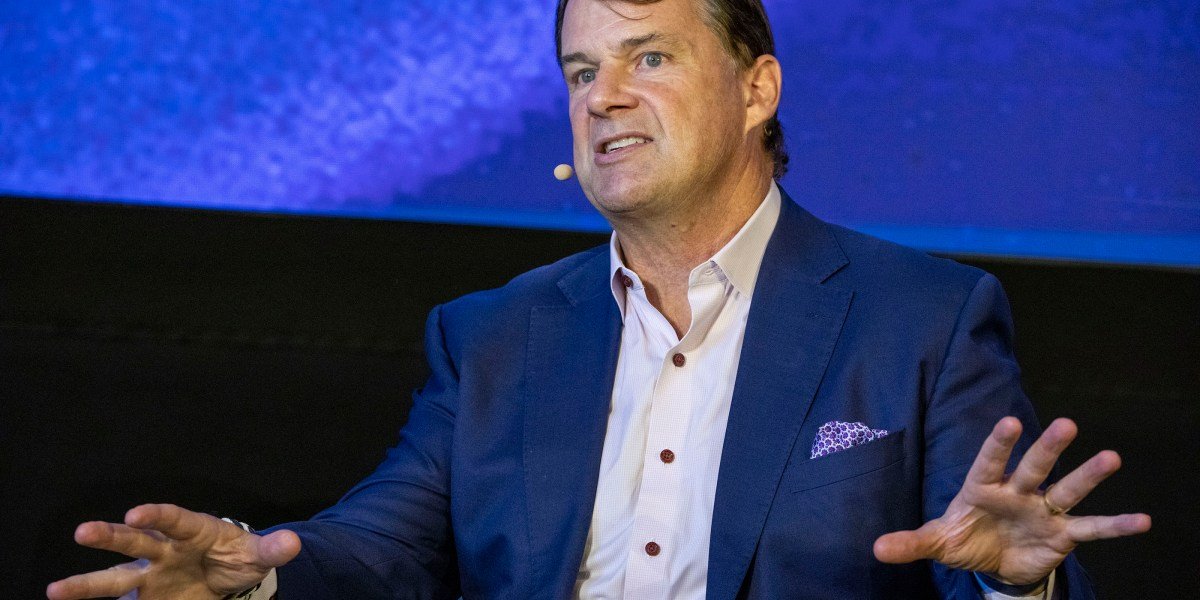
Ford CEO thanks President Trump for latest tariff policies: ‘We are no longer disadvantaged’

Ford posted stronger than expected Third quarter results on record revenue, but cut its 2025 forecast amid a fire at a New York aluminum plant and changing trading rules that are reshaping the trajectory and product mix of the automaker in the near term. In an apparent nod to Washington, CEO Jim Farley credited President Trump’s recent tariff policies and domestic production credits for tilting the field toward U.S.-manufactured trucks — while noting that Ford will rely more heavily on profitable gas and hybrid models as federal emissions targets ease.
In numbers
Ford generated record third-quarter revenue of about $50.5 billion, with adjusted earnings before interest and tax (EBIT) of about $2.6 billion, essentially flat year over year and ahead of Wall Street expectations, as strength in Ford Pro and trucks offset tariff headwinds and electric vehicle losses. The company generated approximately $4.3 billion of adjusted free cash flow in the quarter, bringing year-to-date free cash flow to approximately $5.7 billion and supporting liquidity of approximately $54 billion, including approximately $33 billion in cash.
Outlook is reset
Management lowered full-year 2025 adjusted EBITDA guidance to $6.0 billion-$6.5 billion from $6.5 billion-$7.5 billion and revised free cash flow guidance to $2.0 billion-$3.0 billion from $3.5 billion-$4.5 billion, reflecting the fallout from the Novelis aluminum facility fire that disrupted F-150 and automotive supply chains. Four-wheel drive and will weigh on Q4 results before being partially reversed next year through a working capital recovery. Ford now expects 2025 adjusted EBITDA headwinds of approximately $1.5 billion to $2.0 billion from the supplier incident, with at least $1 billion of that mitigating in 2026, and plans to keep capital expenditures near $9 billion while pursuing another $1 billion from industrial cost reductions next year.
Tariffs and credits
Tariffs remained a swing factor in the third quarter, with Ford reporting a quarterly burden of about $700 million as broad duties on imported vehicles and parts fueled costs and prices. However, the administration said net tariffs for 2025 should be closer to $1 billion — down from a previous forecast of about $2 billion — due in part to policy adjustments that offset U.S. assembly and parts costs, and to a new 25% duty on imported medium- and heavy-duty trucks that favors Ford’s U.S.-made Super Duty lineup.
Farley thanks Trump
“I would like to thank President Trump and his team for the recent developments in tariff policy, which favor Ford as the most American automaker. The credit, based on our high volume of manufacturing in the United States, will allow us to offset the tariffs on imported auto parts that we need for our strong American production and manufacturing base,” Farley told investors. Earnings call. “In addition, tariffs that level the playing field for those imported medium- and heavy-duty trucks are a positive for Ford because we are no longer at a disadvantage to build every one of our Super Duty trucks here in the United States.”
Farley said he and other company leaders continue to monitor a significant reduction in federal tailpipe emissions requirements, which could come by the end of the year.
luck previously Analyzed Ford’s $5 billion bet on its next-generation electric vehicle platform and the company’s attempt to build what Jim Farley called the “Model T electric vehicle,” a radical overhaul of manufacturing that could redefine its future.
Farley had earlier The company admitted “I can’t even buy” certain parts in the United States, highlighting the complexity of reorganizing the supply chain amid the White House’s trade shifts.
Sector dynamics
Ford Pro remained the profit driver, with revenue of approximately $17.4 billion and EBITDA of approximately $2.0 billion, reflecting strong business demand and pricing strength in pickup trucks and Super Duty trucks. The Model E continued to weigh on results with losses of about $3.6 billion year to date, while Ford Blue generated nearly $1.5 billion in EBIT, as hybrids and core internal combustion engine nameplates supported margins amid uneven adoption of electric vehicles.
What does it mean for 2026
Executives outlined a cleaner setup for 2026: partial recovery of the Novelis effect, tariff impacts broadly similar to 2025 but better offset by credits and blends, elimination of expected compliance headwinds as emissions rules evolve, and another $1 billion in structural cost reductions to be reallocated into cumulative ICE programs and mixed programmes. The dividing line: Prioritizing high-ROI trucks and hybrids now, funding a disciplined roadmap for electric vehicles on the next-generation platform later, and using favorable policies to defend margins at most of Ford’s U.S. businesses.
For this story, luck Use generative AI to help with the rough draft. An editor verified the accuracy of the information before publication.












Post Comment